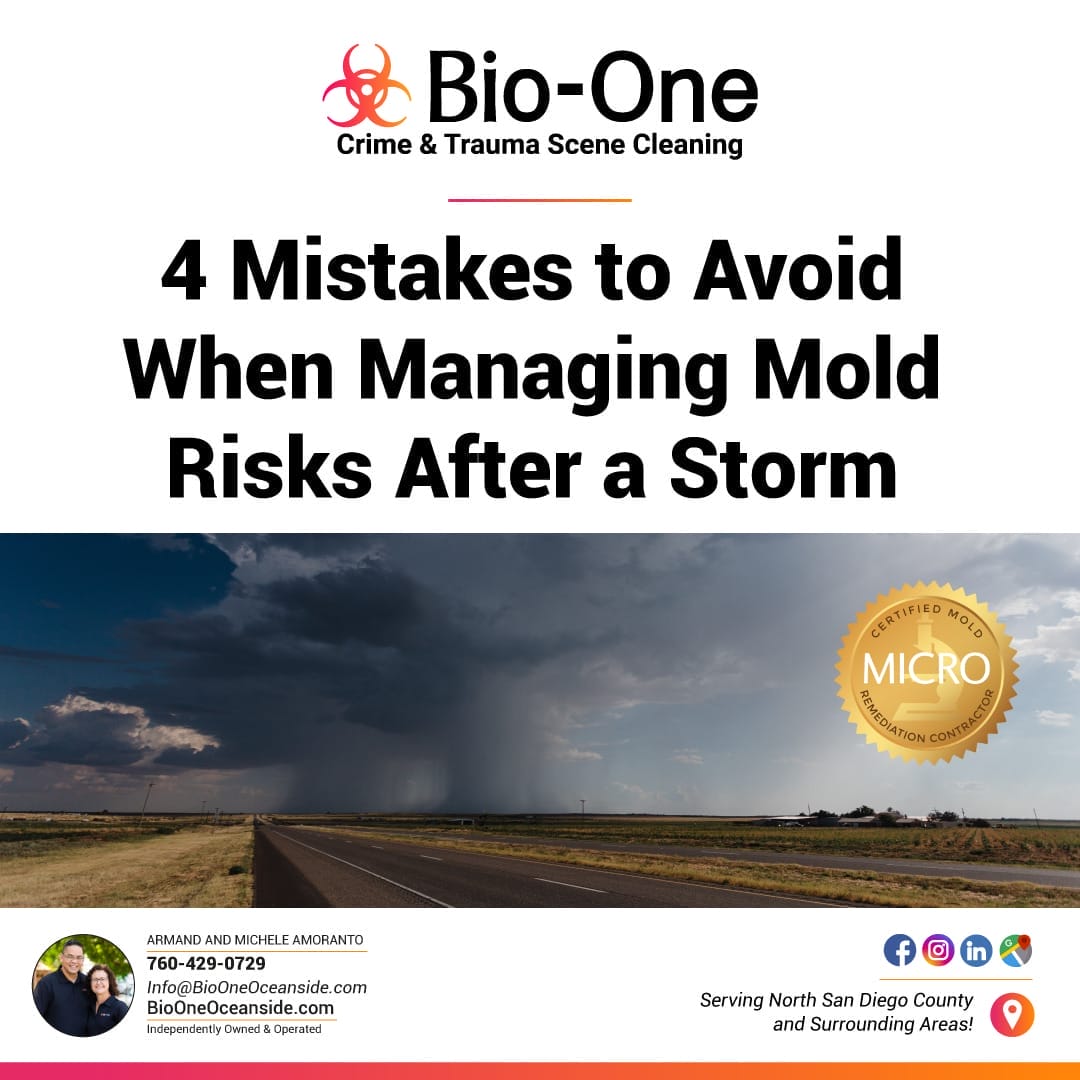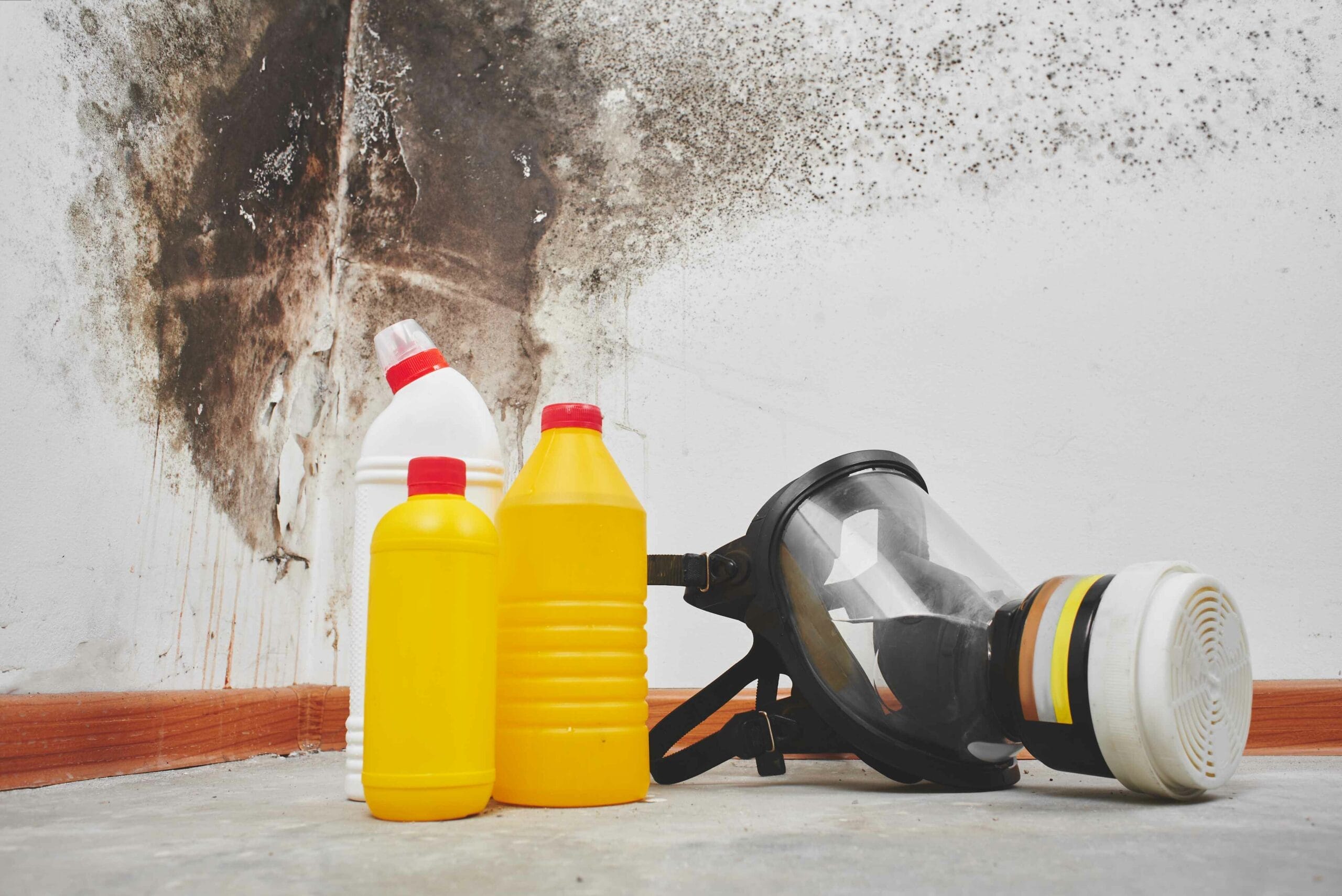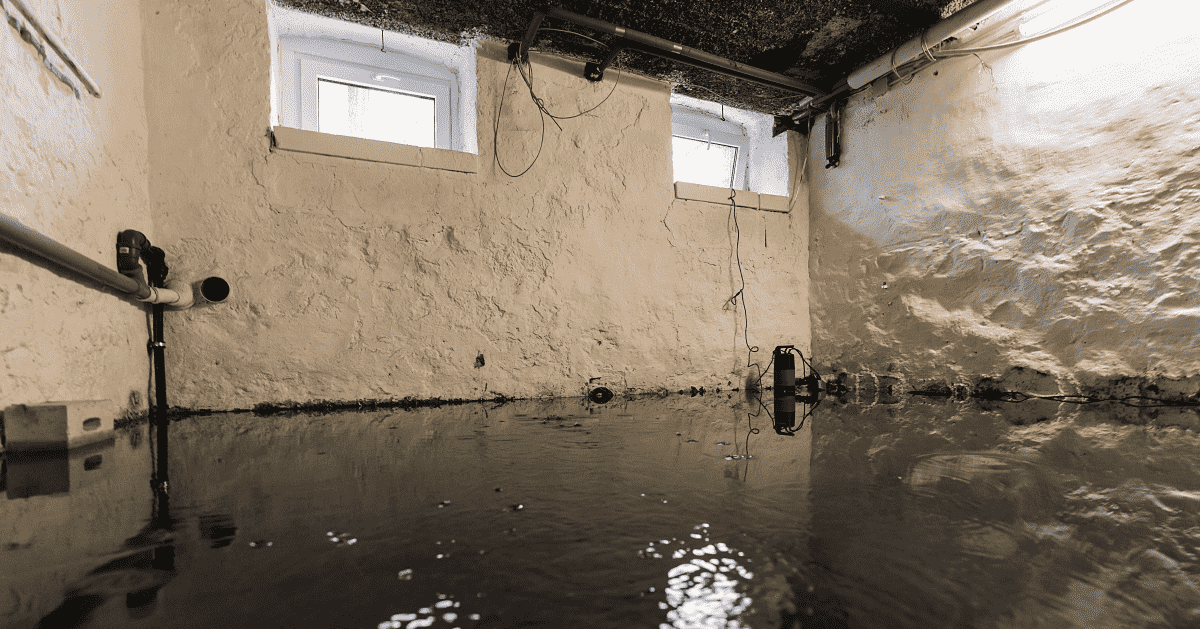
A powerful storm can cause significant damage to our homes and properties. As reports of 'El Niño' winters are back, we need to understand the potential risks that come after a storm has passed. It's important not to overlook the potential growth of mold. Excess moisture from a storm can create the perfect environment for mold to thrive, leading to serious health issues and further property damage. In this blog, we will discuss four common mistakes to avoid when managing mold risks after a storm so that you can protect your home and family.
If you're dealing with a mold emergency on your property, our remediation technicians at Bio-One of Oceanside are ready to help.

Mistake #1: Ignoring Visible Signs of Mold
After a storm, it's common to see water damage on walls, floors, or ceilings. But what may not be so obvious is the presence of mold. It can grow on many surfaces, including roofs, windows, and walls. If left unattended, it can cause damage to these structures, leading to costly repairs or replacements.
It's important to thoroughly inspect these areas for any signs of mold growth, such as a musty smell or visible spots. Ignoring these signs can lead to further damage and potential health hazards.
Mistake #2: Not Addressing Moisture Issues
Mold needs moisture to grow, so it's crucial to address any sources of excess moisture in your home after a storm. This could include leaky roofs, broken pipes, or even high humidity levels. Fixing these issues and keeping your home well-ventilated can help prevent mold damage.

How to Deal with Excess moisture from heavy rain or flooding
If heavy rain or flooding causes excess moisture, you must remove any standing water as soon as possible. Use a wet/dry vacuum or call a professional water damage restoration service for help. Additionally, thoroughly dry out any affected areas and consider using a dehumidifier to reduce humidity levels.
Mistake #3: Using Ineffective Cleaning Methods
Simply wiping away visible mold is not enough to fully remove it from your home. In fact, this can often spread the spores and make the problem worse! Use proper cleaning methods and products specifically designed to remove mold. If the affected area is larger than 10 square feet, it's best to hire a professional mold remediation service.
Avoid Using Bleach as a Cure-All Solution
Many people believe that using bleach will kill and remove mold, but this is not always the case. While bleach can temporarily make mold less visible, it does not actually remove the roots of the mold or address any underlying issues that may be causing its growth.

Alternative Solutions for Mold Removal
Instead of using bleach, consider using natural cleaners such as vinegar or hydrogen peroxide. These can be just as effective at killing mold without the harsh chemicals. This will depend, of course, on the extent of damage. Be sure to properly ventilate the area while cleaning and wear protective gear such as gloves and a mask.
Mistake #4: Waiting Too Long to Address the Issue
Mold can begin growing within 24-48 hours after a storm or a water-related event, so time is of the essence when it comes to managing mold risks. Waiting too long to address the issue can lead to further growth and potential health hazards. When it comes to managing mold after a storm, a swift response is required.
Steps to Take Immediately After a Water-Related Event
If you experience flooding or water damage in your home, here are the steps you should take immediately:
- Turn off all electricity and gas in the affected area.
- Contact your insurance company for guidance and assistance.
- Begin removing any standing water with a sump pump or wet/dry vacuum.
- Use fans and dehumidifiers to help dry out the area as quickly as possible.
- Remove any wet or damaged materials such as carpets, furniture, and drywall.
- Clean and disinfect all affected surfaces with natural cleaners or a mixture of water and detergent.
- Keep an eye out for any signs of mold growth in the following days and weeks.
- If mold is present, contact a professional for assistance with removal.

Keep an Eye on Potential Problem Areas
After a storm, be sure to check your home for any signs of potential mold growth, such as damp or musty odors. These can be indicators that there is hidden mold growing in areas that are not easily visible.
When Managing Mold Risks After a Storm, Bio-One Can Help
Overall, mold after a storm can be a common and potentially dangerous issue for homeowners. Take preventative measures and act promptly if mold is discovered in your home. By avoiding these common mistakes, you can effectively manage mold risks and keep your home safe for you and your family. Remember to use the right cleaning products when handling mold and consider seeking professional assistance for proper remediation.
Bio-One of Oceanside is here to help with all of your mold remediation needs. Our trained professionals have the necessary equipment and expertise to safely and effectively remove mold, giving you peace of mind during and after the storm season. Contact us today to learn more about our services and how we can help protect your home!


